THE BURNS RIFFLE
For the better part of 20 years I lived and worked in and around Chilliwack, a good hockey town but overblown with bible passion. What bothered me most about living there was the state of the watercourses .The vast majority of them were ditched and virtually useless as salmonid habitat despite the Fedfish claim that much of the Fraser’s coho production came from the lower valley. The most frustrating thing about these ditches was, despite the mess they are in now, a relatively simple fix would have brought them into a decent level of production. Most of the ditches are very slow moving with a mud and silt substrate. There is almost no gravel spawning habitat and not much cover or complexity. Nonetheless, these waterways could support a reasonable number of coho fry if reproduction was possible – I believe it is.
There are some valley streams with good levels of habitat essentials including spawning gravel and there are some degraded ditches that have a few stretches of gravel with suitable gradients. I once walked for miles along ditched and dead water Chilliwack Creek. I wondered if there may be some gravel and gradient up toward the Ryder Lake area and perhaps a few spawners there . Sure enough, as I rounded a bend and heard a waterfall in the distance, I also heard the thrash and splash of spawning fish. There were several groups of chum salmon making the best of a stretch of good gravel below the falls. In those days (mid 1990’s), I was working as an environmental monitor for West Coat Energy. They were more than game to replace muddy substrates with gravel when they backfilled ditches they had excavated to replace old sections of gas pipe. They were also agreeable to shape the ditches somewhat to speed up the current. They did this at a few locations at Maria Slough. I had the crew narrow and shape the channel at the pipeline crossing and above and below Cuthbert Road Bridge. An excavator shaped the channel and the gravel was cast in place by a clamshell bucket
I was able to monitor the improvement for 22 years and was surprised to learn that smallish red Chinook salmon most often used the platforms. 39 chinooks used the sites along with 15 chums 6 coho and 8 sockeye
Since 1993, I have built a number of these riffles. The outlet of Cowichan Lake, the outlet of Gillespie Lake, Beaver Creek, and Kissinger outlet. I guess my first attempt was at Six Mile (Duhamel ) Creek near Nelson when I moved boulders aside to expose good gravel. The spawning kokanee swam right to the newly exposed substrate and started digging. Of course my efforts were washed away in the spring in this steep mountain torrent that gallops along in high water rolling boulders and gravel downstream. There is a fair amount of scattered spawning spawning habitat in this creek where Mountain Whitefish and Bull Trout also spawn I just wanted to try and help the redfish of that year (1968). The Fraser Lowland ditches are highly deficient in gravel and the careful placement of spawning riffles with some streamside cover thrown in make it even more attractive to shy spawners like coho is a sure winner.
DFO has also utilized similar methods to improve habitat In the Fraser Valley. Another location on Maria Slough has been successful as well as an improvement on Hope Slough at Quarry Road Below .
. 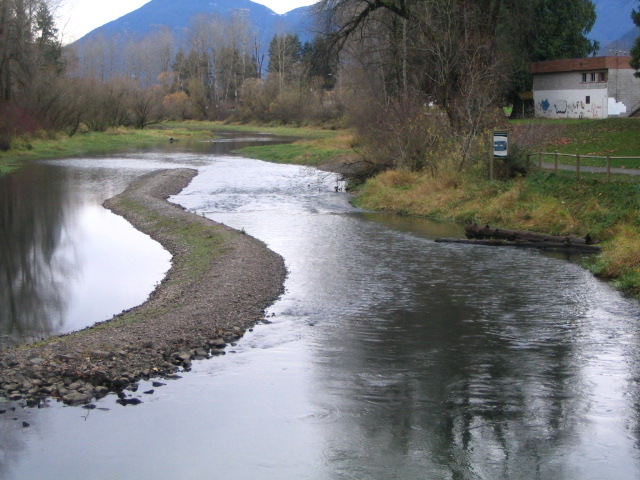
Hope Slough at the Quarry Road footbridge. DFO squeezed the flow already constricted by the Quarry Road foot bridge by adding a directional berm and placing gravel in the right side channel.
I am not aware of how successful the improvement has been. But I have seen both Chinooks and chums using the site.where, as far as I know, no fish spawned before.
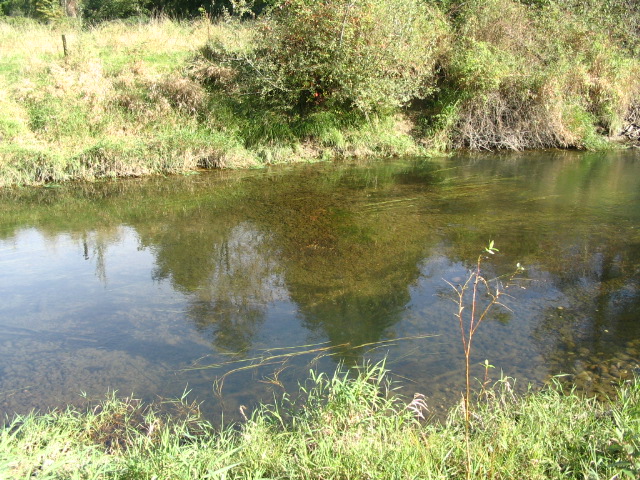
Maria Slough spawning platform at the West Coast Energy (now Enbridge) natural gas pipeline crossing
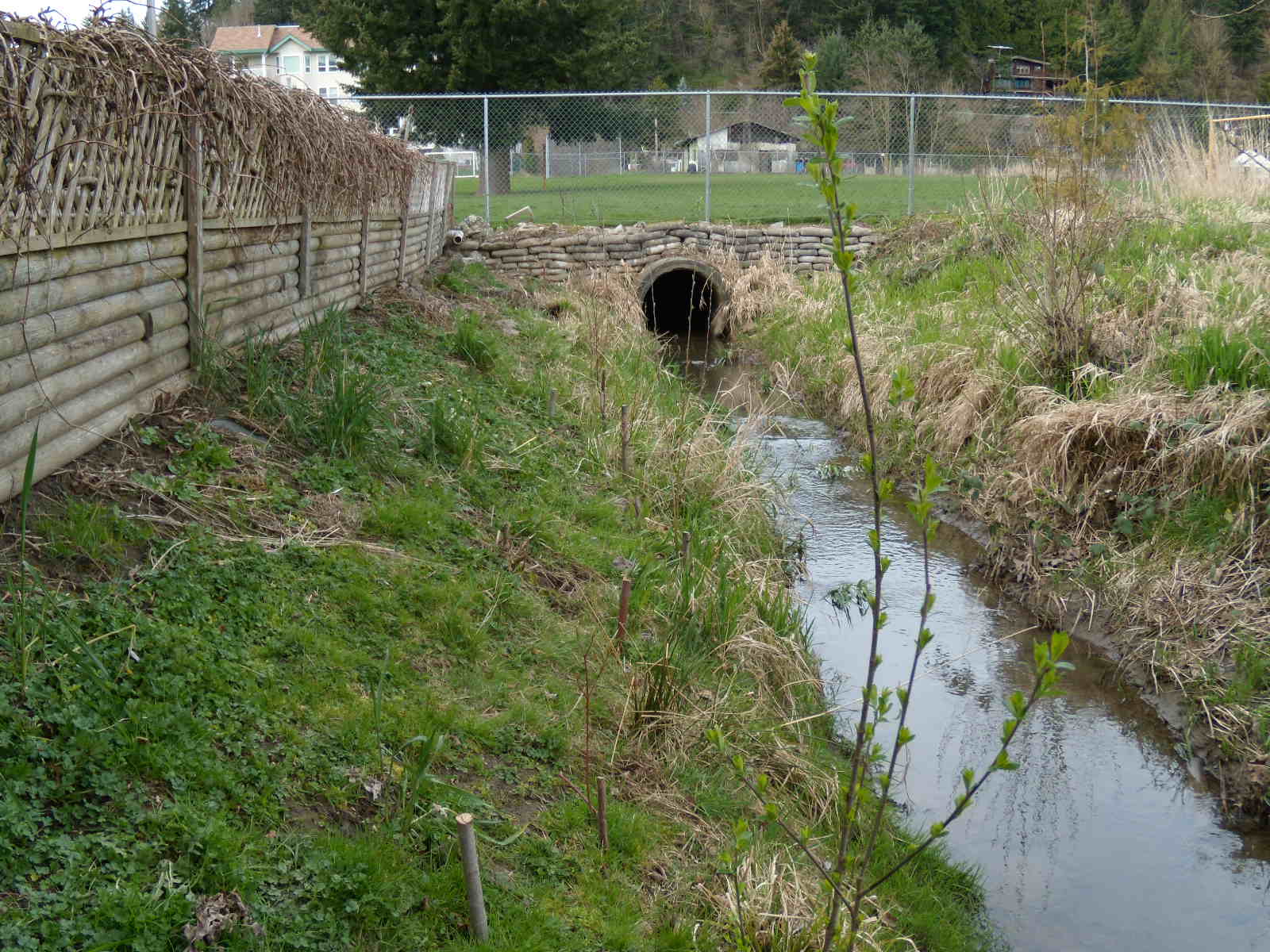
Paula Ditch in Chilliwack with fresh willow stakes starting to grow on the left bank.
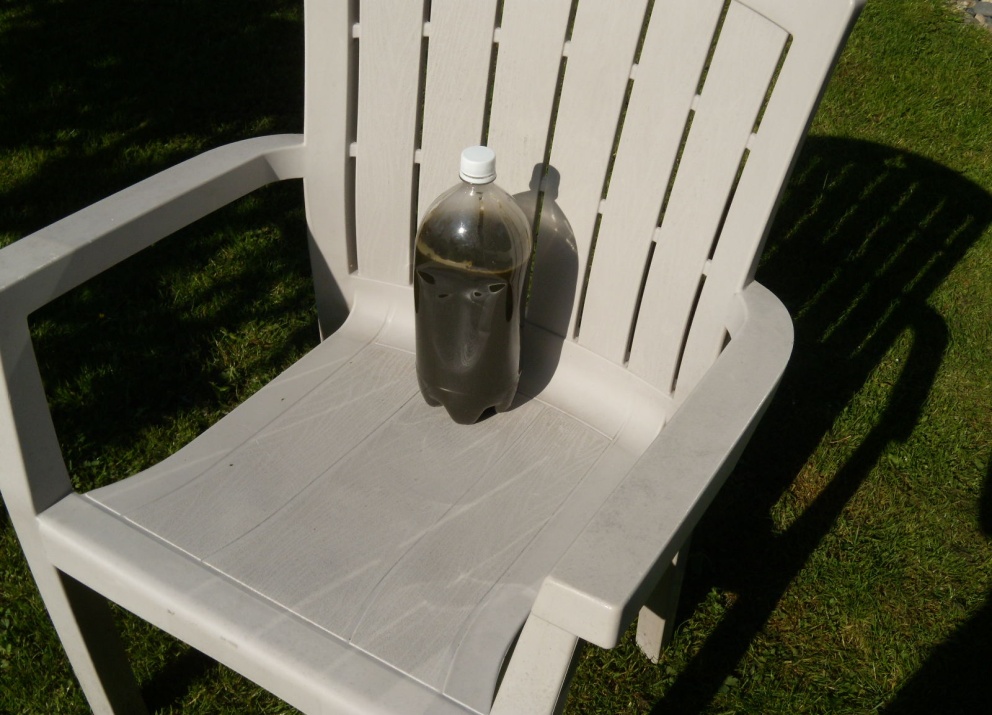
A sample of Fraser valley ditch water – a mix of sediment, manure and who knows what? Conditions are especially bad in the spring when field are still saturated with water and farmers spread liguid manure to fertilize their fields
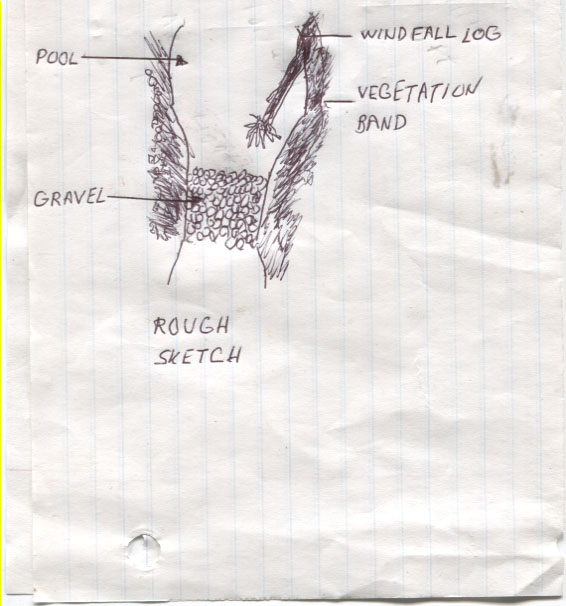
Rough sketch of a Burns Riffle. Vegetation band should be species such as willow and red osier not the usual Fraser Valley ditch assemblage of Himalayan Blackberrry and Reed Canary Grass.
Ted Burns
December 13, 2020
Tags: ditch improvement